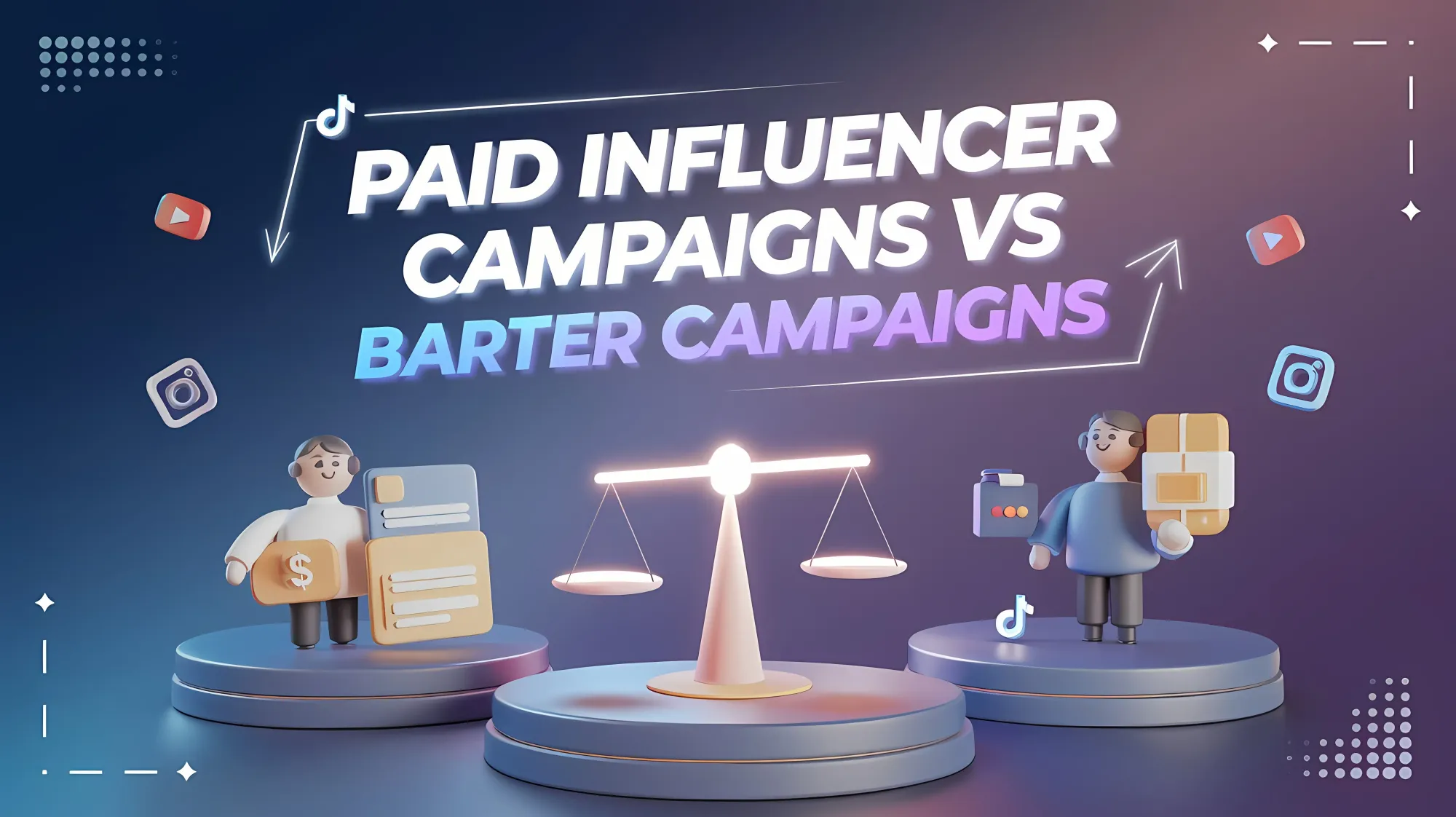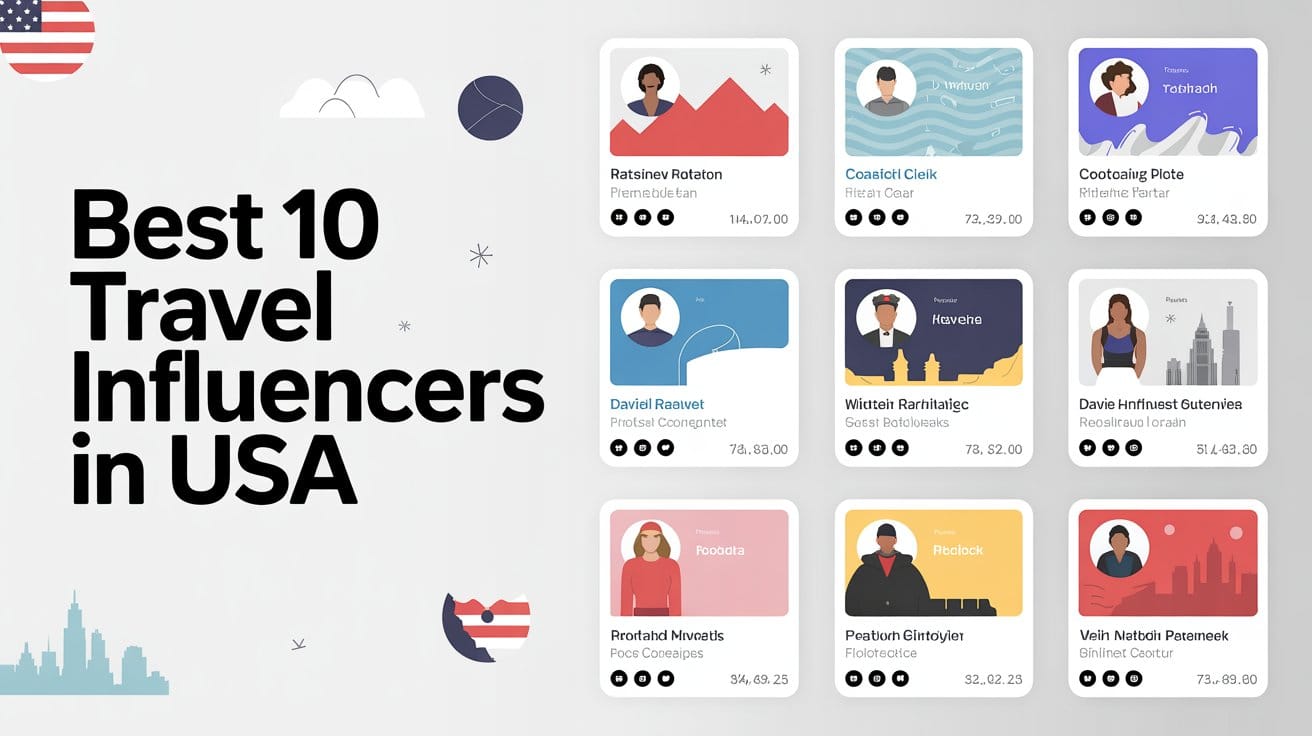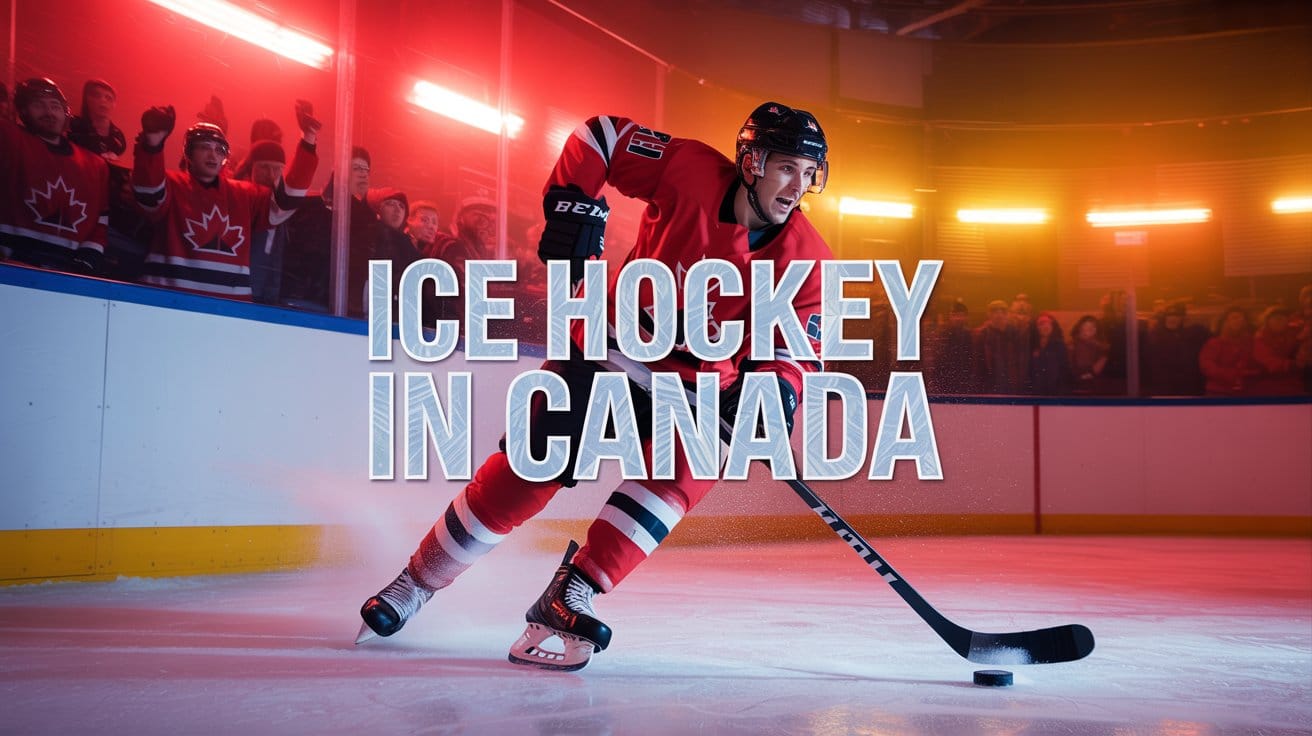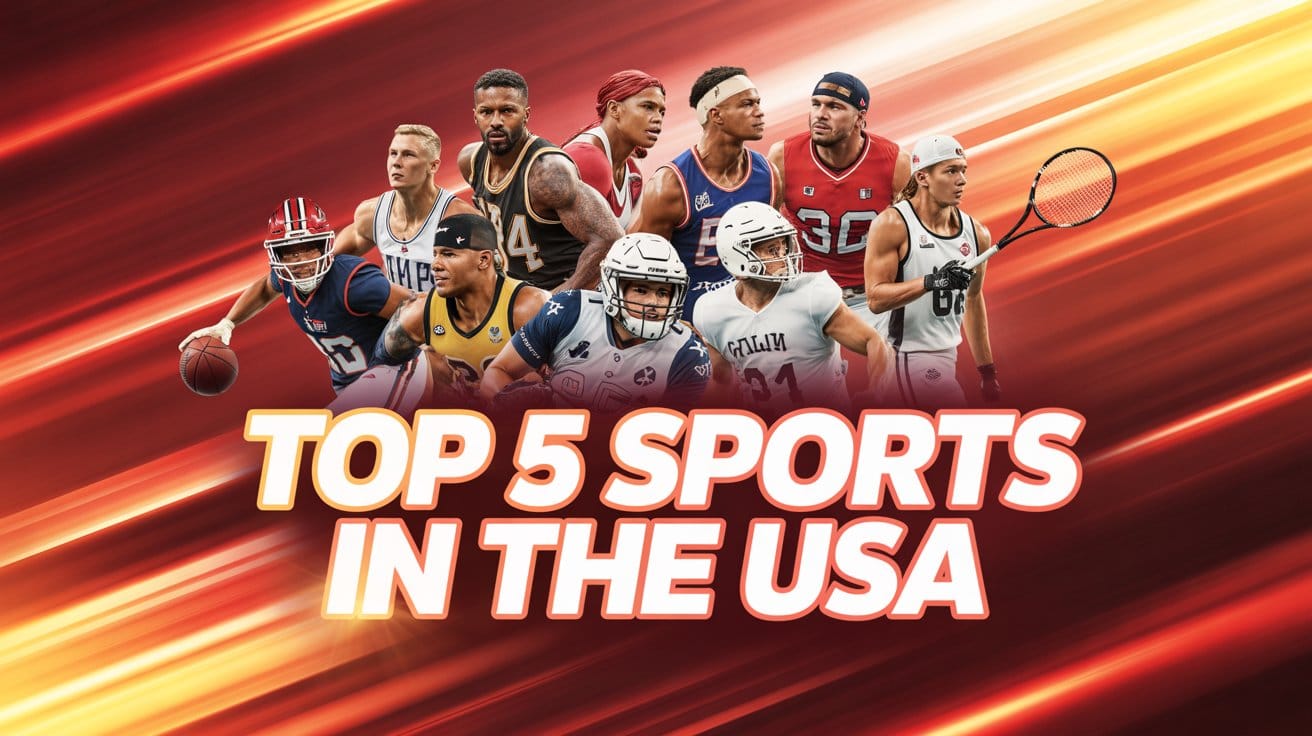If you have been exploring influencer marketing, you have probably faced this dilemma: Should you pay influencers or collaborate through a barter system? The good news is that both approaches work when applied strategically. The challenge is choosing the one that aligns with your goals, budget, and brand values.
Let me simplify it for you. In this blog, I will break down the differences between paid influencer campaigns and barter campaigns, share insider tips, and help you make the best decision for your brand, whether you are a startup in Mumbai or an established D2C brand scaling across India.
Understanding the Two Models
In a barter campaign, you exchange products, services, or experiences for influencer content. For example, an organic skincare brand could send free products to micro-influencers who genuinely love eco-friendly products and share reviews with their followers. It is cost-effective but relies heavily on the influencer’s goodwill and authenticity.
Now, let us talk about paid influencer campaigns. These involve formal agreements where influencers are paid for their time and content. Say you are launching a tech gadget and you hire a tech reviewer to create a video and Instagram reel for ₹1–2 lakhs. These campaigns guarantee quality, consistency, and measurable outcomes.
How Do Paid Influencer Campaigns Work?
Here is the magic of paid campaigns: they are structured, professional, and result-driven. Brands set clear deliverables, such as Instagram posts, reels, or YouTube videos, along with timelines and payment terms. Influencers then create high-quality, brand-aligned content. For instance, a brand like Nykaa may hire a beauty influencer to produce tutorials, leveraging both the influencer’s creativity and loyal audience.
Paid campaigns also make tracking ROI a breeze. You can measure everything, including engagement rates, traffic, and conversions, using tools like affiliate links or analytics.
What Is a Barter Campaign in Influencer Marketing?
Think of barter campaigns as a win-win. Instead of paying influencers, you offer them free products, experiences, or services. For example, a boutique hotel might invite travel bloggers for complimentary stays, and in return, they create stunning travel vlogs and Instagram posts.
Sounds simple, right? The trick is to ensure the influencer genuinely values what you are offering. Otherwise, the content might feel forced or, worse, unpublished.
Are Barter Campaigns Better Than Paid Campaigns?
This is the million-dollar question, or should I say the budget-friendly one? The truth is, it depends on your goals:
- 🤝Barter campaigns are fantastic for small Indian brands like local artisans or food startups that need exposure without spending big.📈💸
- 💰Paid campaigns are unbeatable when you need polished, professional content and guaranteed reach.📢
Let us not forget the sweet spot: combining both strategies. For example, you could use barter deals to engage multiple micro-influencers and reserve paid campaigns for larger, high-impact collaborations.
Paid vs. Barter Campaigns: A Side-by-Side Comparison
Do Influencers Prefer Barter or Paid Deals?
Here is a little secret: it depends on the influencer. Nano and micro-influencers in India often love barter campaigns, especially when they are just starting out. They value meaningful collaborations with brands they trust.
On the other hand, macro-influencers and celebrities, such as Bollywood actors or cricketers, lean towards paid influencer campaigns. For them, it is not just about money but also about maintaining professional relationships.
How to Choose Between Paid and Barter Influencer Campaigns
Still confused? Let me break it down for you:
- 💰Budget Matters: If you are a small business, start with barter campaigns to build traction without breaking the bank. Think of a handcrafted jewelry startup sending free pieces to local fashion bloggers.
- 🎯Goal Clarity: Want polished content and large-scale reach? Invest in paid influencer campaigns like top Indian brands such as Mamaearth or Urban Company.
- 🤝 Value Alignment: Whether it is a barter or paid deal, ensure the influencer aligns with your brand ethos. Authenticity wins every time.
Insights for Indian Brands
Want real-world inspiration? Let us look at two brands nailing influencer marketing:
- 🍽️ Zomato: Their regional campaigns with food bloggers leveraged barter campaigns by providing free meals, building credibility and driving organic engagement.
- 🛒 Flipkart: During their Big Billion Day sales, they ran high-budget paid influencer campaigns with Bollywood stars and macro-influencers, generating massive buzz and sales.
💡Now, imagine applying these strategies to your own brand. You do not need a massive budget; you need smart planning.
Final Thoughts
Whether you are choosing paid influencer campaigns or barter campaigns, the goal is the same: to connect with your audience authentically and effectively. Paid campaigns give you professionalism and measurable results, while barter deals bring grassroots-level awareness without a hefty price tag.
The key is to be clear about your goals, pick the right influencers, and measure your outcomes. Influencer marketing in India is thriving, and with the right strategy, your brand can be the next big success story.
Searching for the best influencer marketing agency in India? Fame Keeda has helped top brands drive engagement and ROI with powerful influencer strategies. Your success story starts here!















